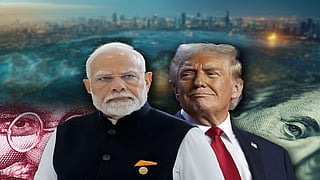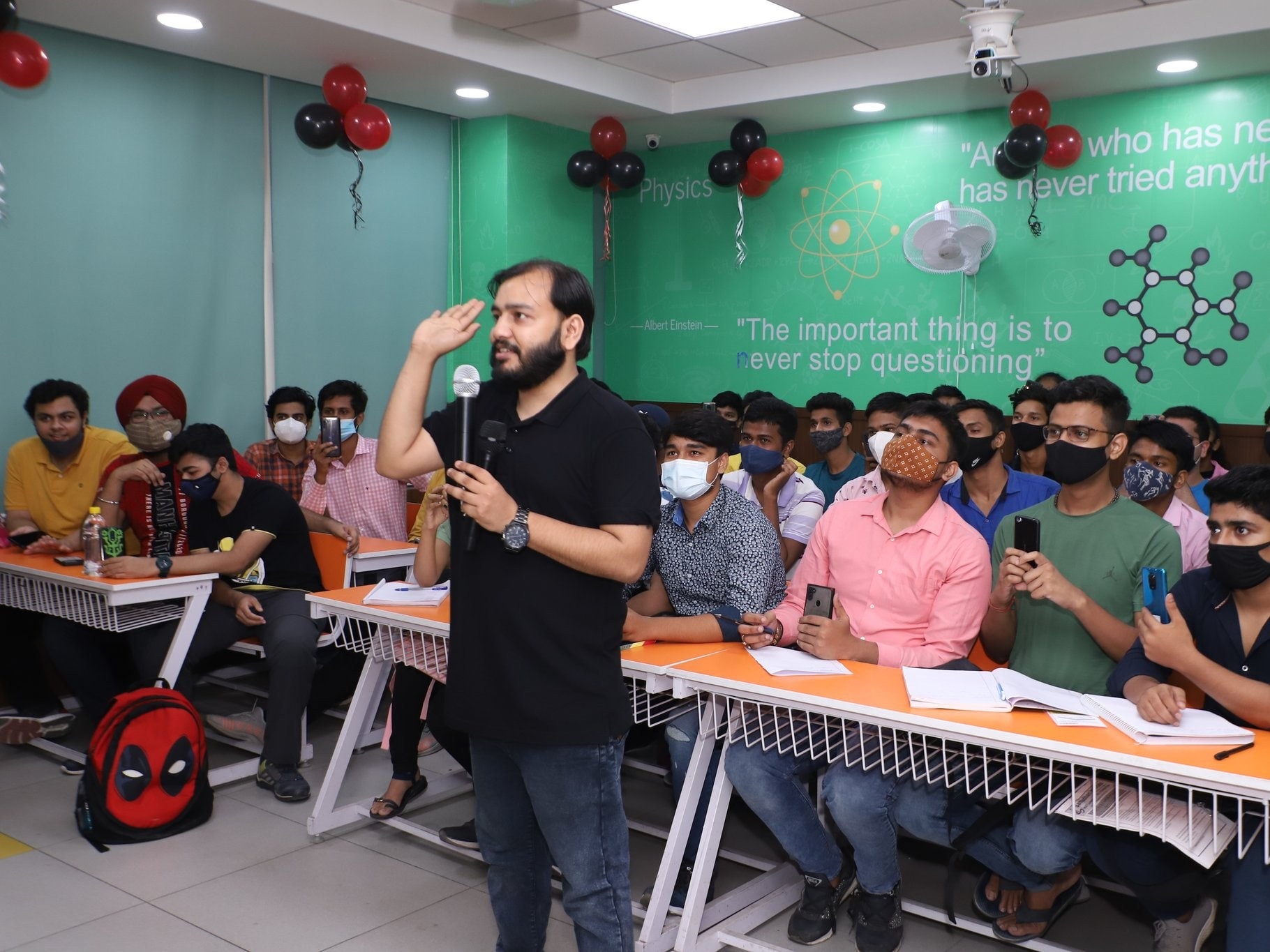Happy Tuesday!
While headlines are full of global tensions and trade threats, Apple’s out here playing a long game—and India’s right at the centre of it. Despite sharp warnings from US President Donald Trump, including a possible 25% import duty on Indian-made iPhones, Apple isn’t blinking. It’s doubling down.
While headlines are full of global tensions and trade threats, Apple’s out here playing a long game—and India’s right at the centre of it. Despite sharp warnings from US President Donald Trump, including a possible 25% import duty on Indian-made iPhones, Apple isn’t blinking. It’s doubling down.
Why Stick With India?
Simple – tariffs or no tariffs, it’s still far cheaper than moving production to the US. Add in Indian government incentives, a rapidly growing supply chain, and Apple’s own big bets on new facilities, and you’ve got a compelling case. This isn’t just about savings—it’s strategy.
The Big Plan
Apple’s looking to make 25% of all iPhones in India by 2028. Wall Street’s even more optimistic—Wedbush analyst Dan Ives sees that going up to 60–65%. For a company that once relied almost entirely on China, that’s a massive shift.
Retail, Jobs, and Clean Energy
Apple’s retail footprint is growing too. After opening stores in Mumbai and Delhi last year, more are on the way in Bengaluru, Pune, and Delhi-NCR. Behind the scenes, Apple already employs over 3,000 people directly in India and works with suppliers that support hundreds of thousands of jobs.
And it’s not just expansion—it’s green. Apple’s partnering with Indian firms like CleanMax to power its offices and stores with clean energy, backing its goal to go fully carbon neutral across products and supply chains by 2030.
By The Numbers
Word is Apple wants to produce iPhones worth $40 billion in India by FY26—that’s enough to cover 80% of US demand and meet domestic needs too. According to Tim Cook, most iPhones sold in the US this quarter will be made in India.
Why? If Apple tried to make iPhones in the US, one could cost up to $3,000. Not exactly mass-market friendly.
Let’s not forget—iPhones are Apple’s golden goose. In FY24, they brought in $201 billion, or 51% of total revenue. And so far, sales are holding strong.
Challenges Ahead?
Of course, no major shift is without friction.
Tariff Trouble: This entire move depends on India getting a better tariff deal than China. Even if a flat 10% duty hits India, China’s rate would likely be double.
Machinery Moves: Apple needs to shift equipment from China and bring in new tools for the iPhone 17. If China slows those exports, timelines could get messy.
Policy Push: Scaling up this fast needs serious policy support. NITI Aayog has already nudged the government to rework tax laws to make India more attractive for global supply chains.
And Trump? His tone’s different this time. Instead of other countries paying for tariffs, he’s now calling on companies—like Apple—to absorb the hit. That means higher prices could land on consumers, not governments.
Bottom Line
Apple isn’t just exploring India—it’s betting big on it. From manufacturing and retail to clean energy and exports, India’s becoming a key pillar in Apple’s global game plan. If everything clicks, your next iPhone might not just be made in India—it could be shaped by India.
FEATURE FIVE
1. India is considering opening its public procurement market to US firms as part of a bilateral trade agreement, according to a report by Rishabh Bhatnagar. The move would be implemented in phases, with Indian companies gaining access to the US public procurement market in return.
2. Unseasonal rainfall has dampened summer sales, potentially impacting retailers' growth targets for the first quarter, a report by Sesa Sen said. Sales of summer products typically account for around half of annual sales for companies in this sector during April, May, and June.
3. Groww's planned initial public offering, valued at $1 billion, is expected to see early backers such as Tiger Global and Peak XV reducing their stakes, sources told NDTV Profit in a report by Agnidev. The company's founders, including CEO Lalit Keshre, are not expected to sell any shares in the IPO.
4. The Indian government plans to introduce tariffs for high-frequency bands, which could increase operational costs for telecom companies such as Jio, Airtel, and Vi, a report by Aishwarya Patil said. These bands are used for tower-to-tower communication.
5. The Indian government plans to object to the World Bank and Financial Action Task Force (FATF) over funding for Pakistan, citing security concerns, government sources told me. This decision follows India's earlier objection to a $1.3 billion IMF loan to Pakistan.
CAUGHT MY EYE
The US President Donald Trump has announced plans for the Golden Dome missile defence shield, a $175 billion project aimed at protecting the country from missile threats. This initiative, launched in January 2025, involves creating a network of satellites to detect, track and intercept incoming missiles. The Golden Dome project focuses on establishing a multi-layered defence system to safeguard the US homeland, particularly against threats from China and Russia.
That's all for now-- Signing off until next time!
Shrimi

 RECOMMENDED FOR YOU
RECOMMENDED FOR YOU

Trump Tariffs: Bitter Pill For Sun Pharma? Goldman Sachs Explains Why The Drugmaker May Face Pressure
 Sep 29, 2025
Sep 29, 2025

Tariffs Galore, D-Street Jittery, And IPOs In A League Of Their Own — Talking Point This Week
 Sep 26, 2025
Sep 26, 2025

India’s Seafood Exports To Get EU Boost After US Tariff Hit
 Sep 09, 2025
Sep 09, 2025

'Trump Tariffs May Backfire': From UK To China, How Global Media Covered US Levies On India
 Aug 28, 2025
Aug 28, 2025


